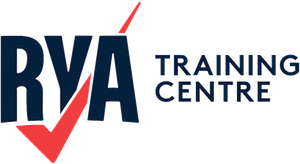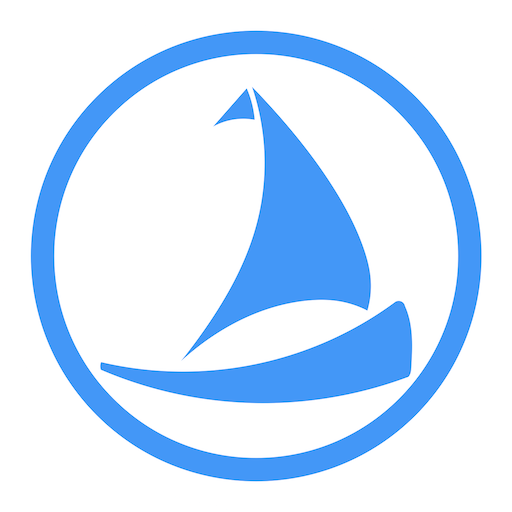Rule 8: Action to avoid collision
- Any action taken to avoid collision shall be taken in accordance with the Rules of this Part and shall, if the circumstances of the case admit, be positive, made in ample time and with due regard to the observance of good seamanship.
- Any alteration of course and/or speed to avoid collision shall, if the circumstances of the case admit, be large enough to be readily apparent to another vessel observing visually or by radar; a succession of small alterations of course and/or speed should be avoided.
- If there is sufficient sea-room, alteration of course alone may be the most effective action to avoid a close-quarters situation provided that it is made in good time, is substantial and does not result in another close-quarters situation.
- Action taken to avoid collision with another vessel shall be such as to result in passing at a safe distance. The effectiveness of the action shall be carefully checked until the other vessel is finally past and clear.
- If necessary to avoid collision or allow more time to assess the situation, a vessel shall slacken her speed or take all way off by stopping or reversing her lossarymeans of propulsion.
- A vessel which, by any of these Rules, is required not to impede the passage or safe passage of another vessel shall, when required by the circumstances of the case, take early action to allow sufficient sea-room for the safe passage of the other vessel.
- A vessel required not to impede the passage or safe passage of another vessel is not relieved of this obligation if approaching the other vessel so as to involve risk of collision and shall, when taking action, have full regard to the action which may be required by the Rules of this Part.
- A vessel the passage of which is not to be impeded remains fully obliged to comply with the Rules of this Part when the two vessels are approaching one another so as to involve risk of collision.
What this means:
Rule 8: Action to avoid collision – Our plain English guide to help you understand & remember this rule.
This rule outlines how to take action, not what to do. Primarily focussed on the give-way vessel; however, both vessels in a collision situation have responsibilities, so the rule applies whether give-way or stand-on.
It can be summarised by the following:
Positive action
Any action taken to avoid a collision should be ‘positive’. When referring to course alteration, the action taken needs to be sufficiently evident so that the other vessel can identify that you have done so.
Clearly showing intent
Clearly showing intent means leaving the other vessel in no doubt that you have assessed the situation, understood your responsibilities and are taking appropriate action.
Ample time
Any action needs to be done in ‘ample’ time. This does not mean that as soon as you see the other vessel, however, it does mean it should not be last minute. It must be done soon enough to give the other vessel confidence that action is being taken.
Adjustment of speed
A vessel may adjust its speed to avoid a collision. However, it is harder to demonstrate positively to another vessel that appropriate action is being taken.
Speeding up to try and cross ahead of the other vessel is not an option. Instead, slowing down and going behind is the appropriate action with a sufficient reduction in speed to enable the other vessel to be sure of your intentions.
Key Point:
Actions to avoid a collision must be taken in ample time, with clear intent, and be positive enough for the other vessel to understand that you are aware and taking appropriate action to avoid a collision.


